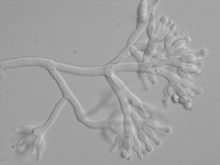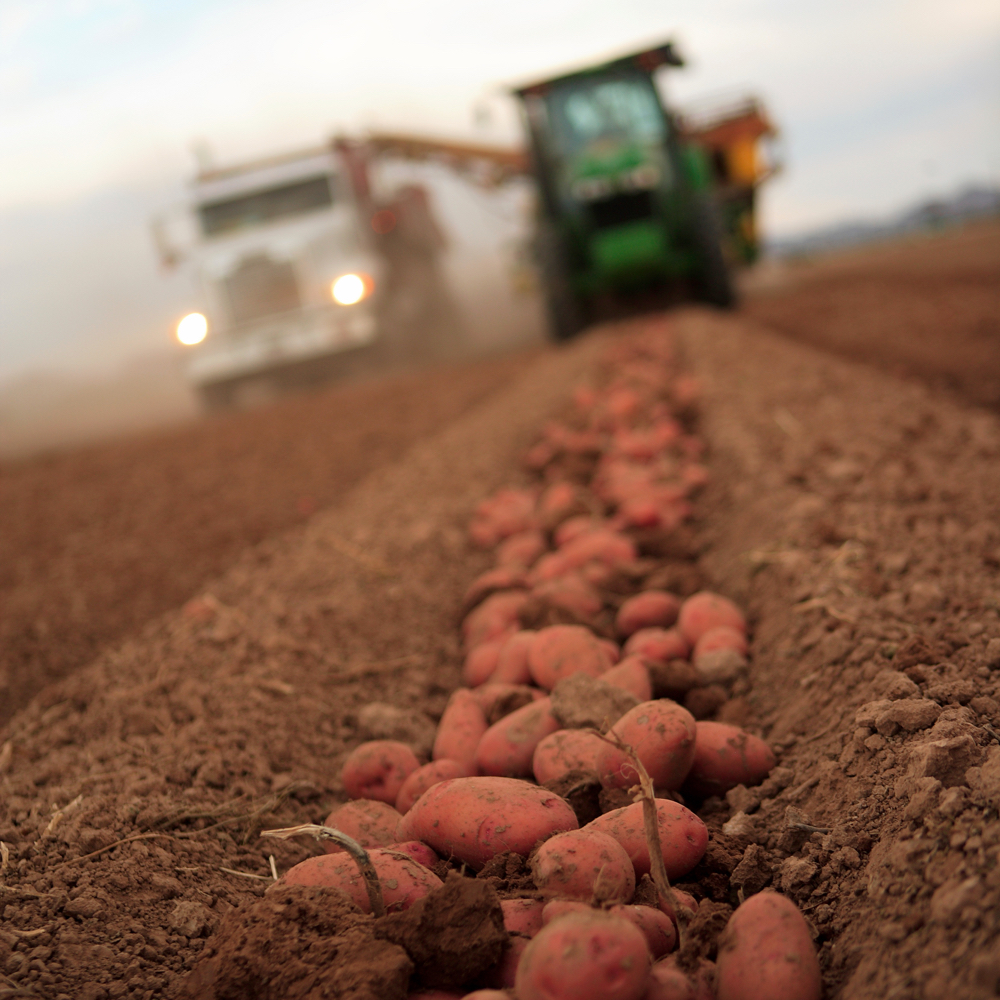The search for every last advantage in a field often requires growers to step out of their comfort zone, whether that means considering precision agriculture applications, reduced tillage, lengthening rotations or adding cover crops.
Improving field drainage can have significant benefits for soil health, the overall on-farm environment and increased crop yields.
Effective drainage removes excess soil water in the root zone, allowing better aeration and avoiding stress to crops from saturated conditions. Drainage also improves field “trafficability”, allowing more access while limiting compaction.
Read Also

Women who fed a nation
More than 40,000 young women supported the war effort between the 1940s and early 1950s, helping grow and harvest crops amid labour shortages. They were called Farmerettes.
In terms of crop establishment, plants can develop deeper root systems in fields, enhancing access to nutrients and water in the soil.
Finally, drainage can reduce year-to-year variability in yields from poorly drained fields by increasing nitrification (converting ammonia to nitrate) in most soils, enabling more nitrate uptake in plants.
Research pays off
There are several aspects to consider when researching drainage options. One of the more important aspects involves soil types. The level of sand or clay will affect the type of drainage products recommended. Soil type will also determine the best time of year for installing tile drainage.
The size of drainage tile is another key consideration: three- and four-inch diameter tiles are the more popular sizes and can be perforated, solid or covered with filter cloth.
As with any major on-farm investment, it’s best to consult with several professionals to ensure proper installation and completion to the highest standard. A drainage contractor should be fully licensed with business, machine and operator designations.

Installation has evolved considerably in the past two decades, with advances in machinery and technologies, so the contractor should be properly educated according to those changes.
A contractor who’s hands-on throughout the process, from initial planning and field condition assessment to actual installation, will increase its long-term value.
A land survey will enable the contractor to create a topographical map and lay out the sub-drain line structure. If the contractor is conducting both the survey and the installation, it will increase accuracy and efficiency and minimize risk of errors.
Prioritizing the mains is another component of an effective sub-surface drainage system. Ideally, excess water should be moved from a field within 24 hours and installing the appropriate-sized mains will help do the job. This is especially important in areas with extreme weather conditions and high flooding frequency.
Timing is the other consideration. The ideal time is after wheat (or other cereal) is harvested, although a contractor can help with that assessment as well.
However, it’s best to plan crop rotations so the field can be used as much as possible through the year of installation.
There are additional farm drainage licences and resources available through the Ontario Ministry of Agriculture, Food and Rural Affairs. A listing of drainage contractors in Ontario can be found on the Land Improvement Contractors of Ontario website at drainage.org.
– This article was adapted from an article written by Matt Penford, Ontario Agra Piping & Supplies Inc., that appeared in Niagara Farmers Monthly.














